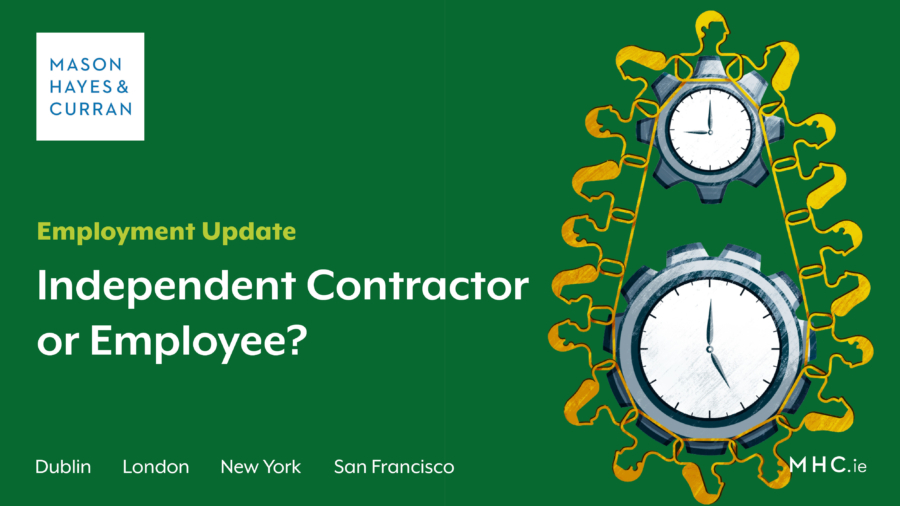
The Court of Appeal has found that delivery drivers for the Domino’s Pizza franchise should be treated as self-employed independent contractors responsible for their own tax deductions and not PAYE employees.
The decision of the Court allowed an appeal by Karshan Limited against a High Court ruling which upheld a Tax Commissioner’s decision that drivers for the franchise between 2010 and 2011 were working under contracts ‘of’ service and were therefore taxable as employees.
Background
The Appeals Commissioner found that ‘mutuality of obligation’ existed between the employer and workers, meaning that there were obligations on the Company to provide work to the driver, and the driver in turn was obliged to carry out the work for the Company.
The High Court focussed on four essential issues to determine whether someone was an employee or an independent contractor:
- Mutuality of obligation
- Right of substitution
- Level of integration in the business, and
- The terms of the contract
The High Court held that the Commissioner was correct in her decision that there was mutuality of obligation between the parties in this case.
The Commissioner did not analyse the overarching written contract between the Company and driver to see if there was mutuality of obligation, instead, she determined that the mutuality of obligation arose each time a driver was rostered after making themselves available for work.
The High Court agreed that the mutuality of obligation threshold was met because although there was no mutuality of obligation in the overarching contract, there was mutuality of obligation once a driver was rostered after confirming their availability to work.
Court of Appeal
In a majority decision, the Court of Appeal referred to previous Irish case law to the effect that there needs to be “that irreducible minimum of mutual obligation necessary to create a contract of service.” It held that the Commissioner was wrong in holding that the mutuality of obligation test was satisfied and that she misapplied a significant UK case in reaching her decision. The Court emphasised the importance of drivers not being obliged to work at the time for which they were rostered. Under the contract, drivers needed only to say in advance if they were not available, and if, having been rostered, they failed to turn up for work, there was no sanction.
The Court found that only where there is mutuality of obligation is it necessary to then examine the other core issues of right of substitution, level of integration etc, to determine if it was a contract of service (employee) or a contract for services (contractor). While the Court agreed with the Commissioner in her findings that there was a right of substitution and integration into the business, it was not necessary to delve into these issues, as where was no mutuality of obligation present, it could only be a contract for service.
Key conclusions for employers
Where a contractor is misclassified, this gives rise to considerable risks, including potential tax liabilities, potential social welfare liabilities and potential employment law claims.
The Court emphasised that unless there was mutuality of obligation, it was not possible for the drivers to be working under a contract of service. As a result, businesses which engage contractors should look closely at how the engagement operates. The starting point is the written contract between the parties. While the contract will not absolutely determine the issue, it was, according to the Court of Appeal, given insufficient weight by the Commissioner and High Court. Therefore, businesses should ensure they have a well drafted, comprehensive, contract in place.
If there are some elements of mutuality of obligation, then the other factors come into play in terms of determining employment status. Genuine contractors should have the right to work for others, the right to appoint a substitute and, ideally, they should not be integrated in the business through the use of uniforms, badges, equipment or business cards, etc.
This Court of Appeal decision will not be the end of this vexing issue, as there was a strong dissenting judgment by one of the three judges. This reinforces the need for caution around how contractors can be safely engaged.
For more information on establishing whether a worker is under a contract of service arrangement, contact a member of our Employment & Benefits team.
The content of this article is provided for information purposes only and does not constitute legal or other advice.
Share this:





